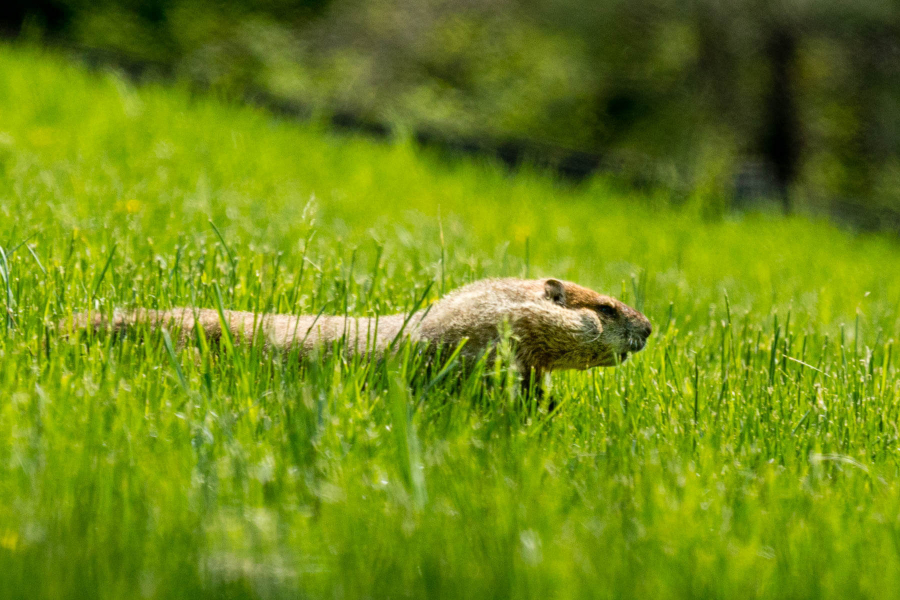Groundhog Day comes out of the shadows
Centuries-old traditions led to our furry forecaster

The first official Groundhog Day took place on February 2, 1887 at Gobbler’s Knob in Punxsutawney, Pennsylvania, but the origins of the holiday go back much further. The tradition can be traced back to early Christians, when clergy would bless and distribute candles needed for winter at a celebration called Candlemas. Superstition said that if the sky were sunny and clear on Candlemas, then winter would be long. However, if it were cloudy, spring was on the way.
The tradition was brought to what is now Germany and given a furry twist. If the sun were shining on Candlemas, a hedgehog would cast a shadow and therefore predict six more weeks of cold. German settlers in Pennsylvania brought this tradition with them to America, but switched their furry forecaster from the hedgehog to the groundhog.
Groundhogs were an appropriate choice. Although they won’t get scared of their shadows, they will often re-enter hibernation if they emerge from their burrows too early. Males will also leave their burrows in February to look for a mate, only to go back underground until March.
Today, Americans still wait with anticipation every February 2nd to hear from Punxsutawney Phil, who still makes his predictions at Gobbler’s Knob. The Punxsutawney Groundhog Club, the group responsible for carrying on Groundhog Day traditions, throws a multi-day festival around the holiday.
Learn more about the groundhog (Marmota monax), also known as the woodchuck, in our Field Guide.

Comments
"At this time of year, males emerge from their burrows to start searching for the females. The females come out probably seven days later and stay just outside of their burrow or maybe just inside their burrow."
Thank you!
Your comment has been received. Before it can be published, the comment will be reviewed by our team to ensure it adheres with our rules of engagement.
Back to recent stories